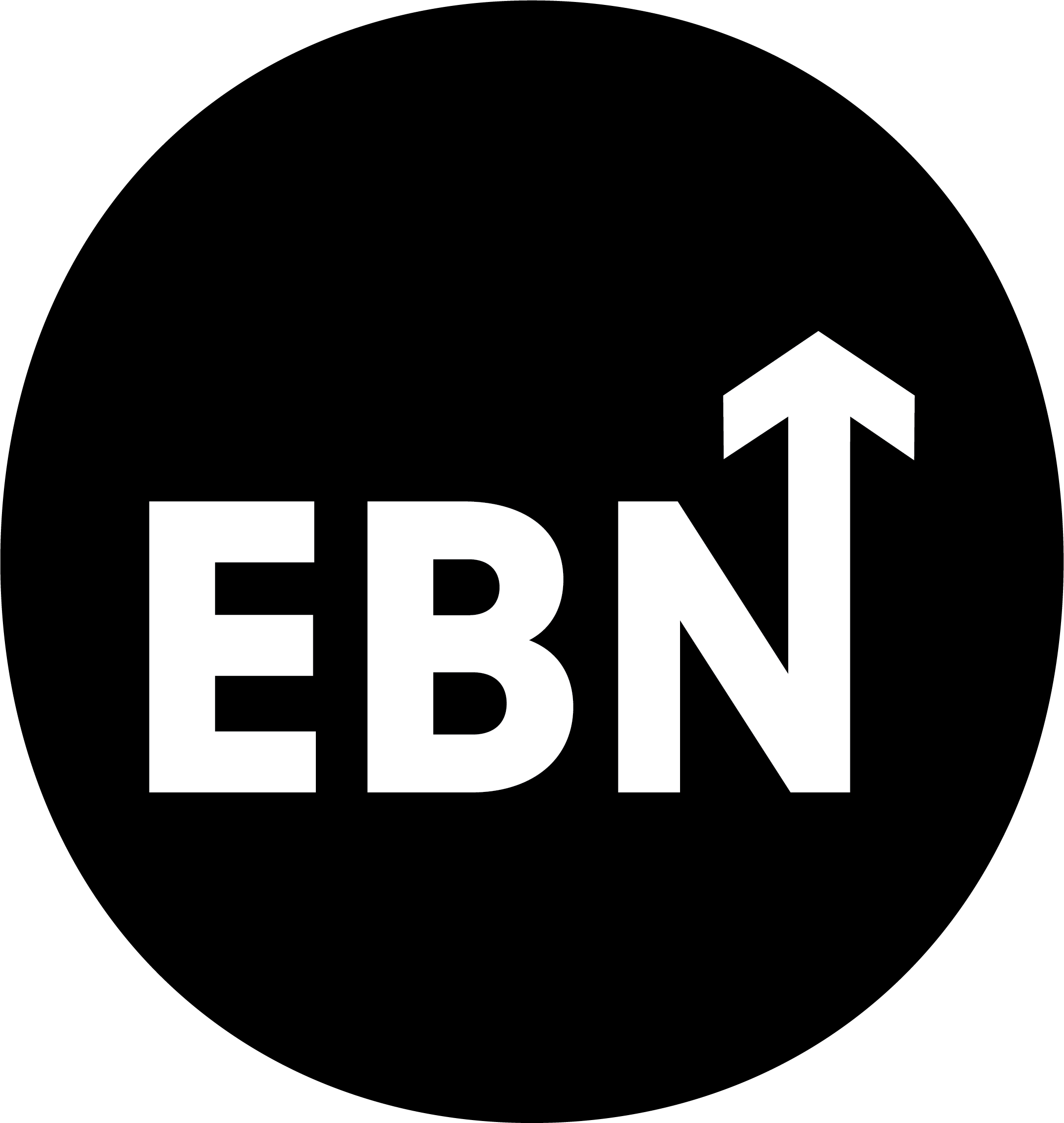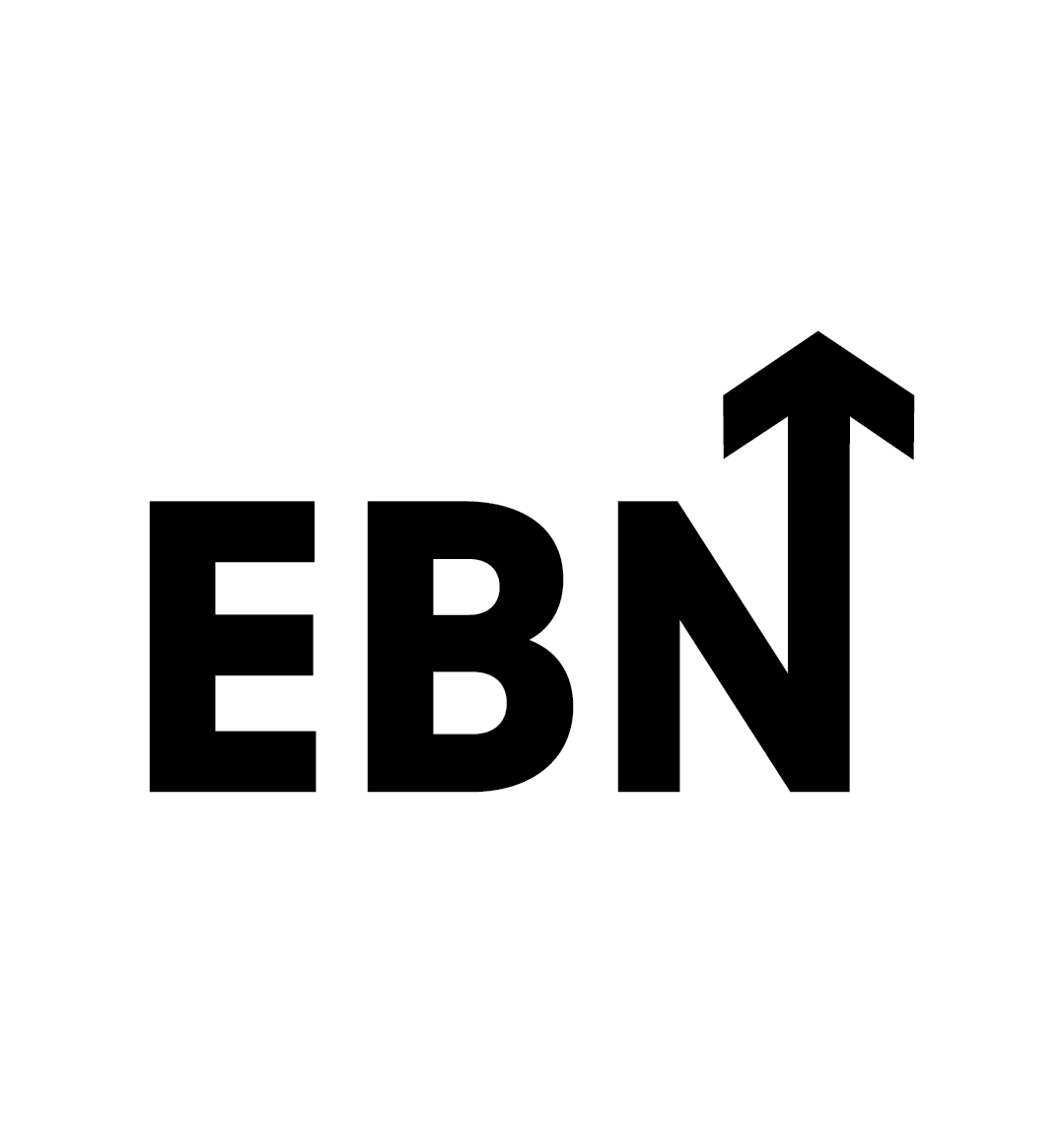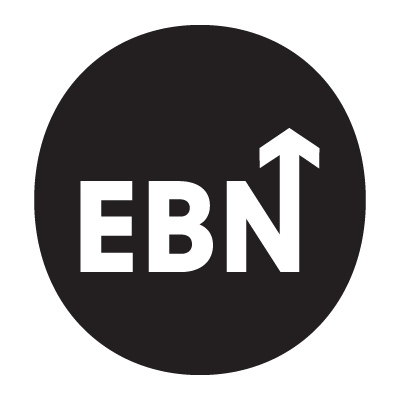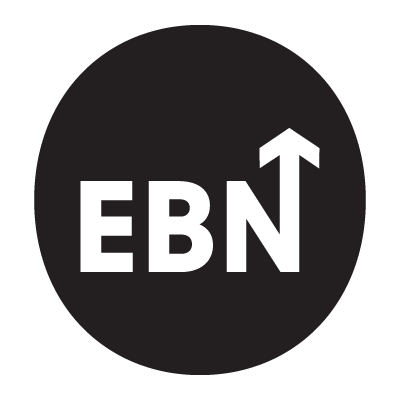DEI: three letters, infinite opinions. From boardrooms to breakrooms, the debate over Diversity, Equity, and Inclusion has reached fever pitch. While some see DEI as a cornerstone of modern business, others argue it’s a costly distraction that’s gone too far. The truth, as always, lies somewhere in between.
Momentum isn’t always progress, especially when you always end up back where you started.
Fathom helps you escape the loop. With insight, not intuition.
The Case for DEI: When It Works, It Delivers
When thoughtfully executed, DEI initiatives have proven to deliver measurable benefits for organizations:
- Better Financial Performance: McKinsey research shows that companies in the top quartile for ethnic and gender diversity are 36% more likely to outperform their peers financially. Source.
- Stronger Innovation: A Boston Consulting Group study found that diverse teams generate 19% more revenue from innovation. Source.
- Enhanced Talent Acquisition: Over 70% of job seekers prioritize diversity when evaluating potential employers. Source.
- Higher Employee Engagement: Inclusive workplaces see 2.3 times more engagement, reducing turnover and increasing productivity. Source.
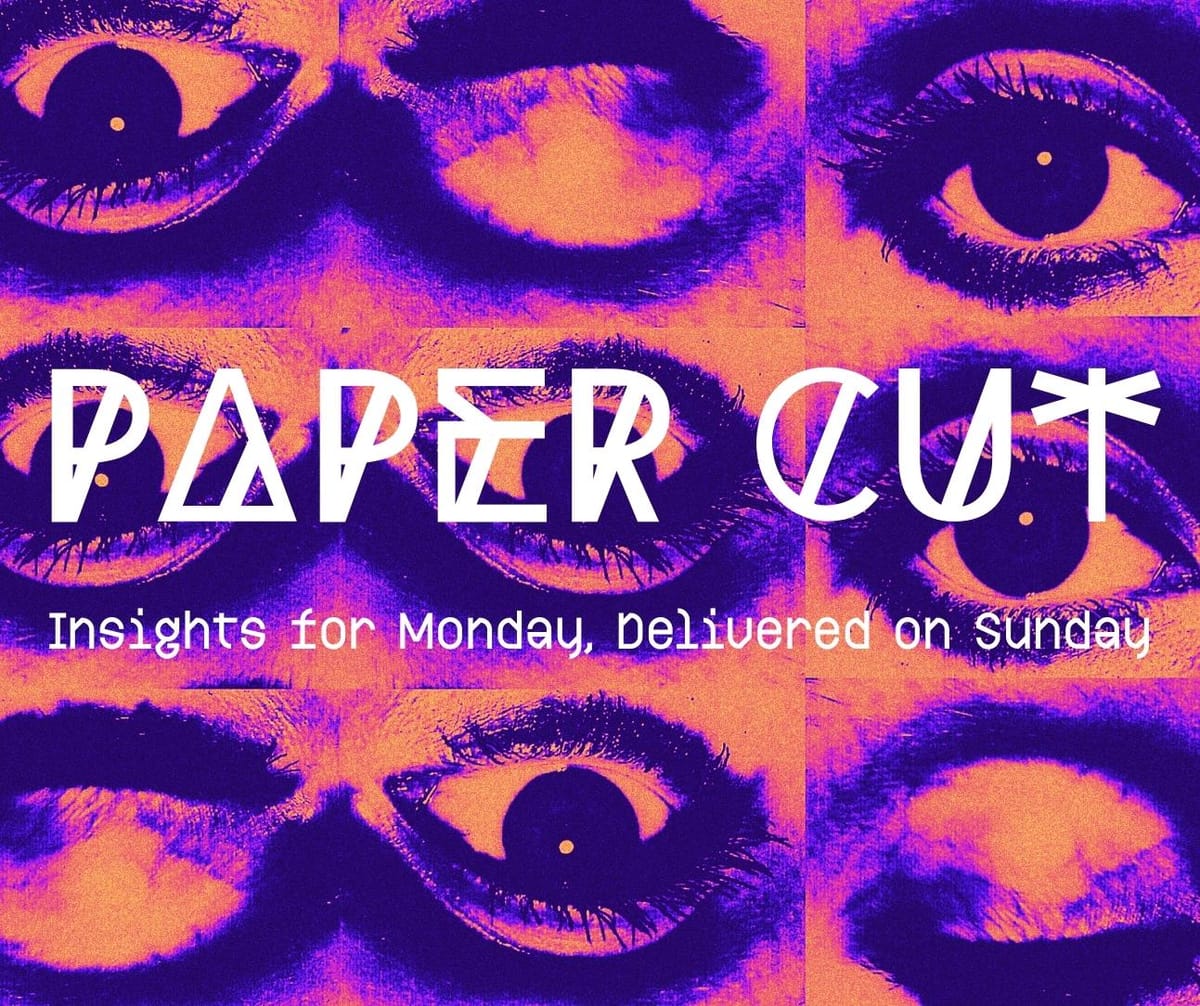
DEI has been dominating the headlines recently
The Case Against DEI: When Good Intentions Go Awry
While DEI has its champions, critics point to instances where these initiatives have faltered, often creating new problems in their wake:
1. Misaligned Priorities
DEI programs can become disconnected from business objectives, prioritizing optics over outcomes. Companies have faced backlash for performative actions, such as symbolic gestures like tampons in men’s restrooms, which Meta recently rolled back after widespread criticism.
2. Escalating Costs
DEI can be expensive, with millions funnelled into training sessions, new roles, and marketing campaigns. When these efforts fail to deliver measurable ROI, companies are forced to reevaluate their investment. In a talent market growing synonymous with “streamlining”, axing costly vanity projects that aren’t delivering clear results seems inevitable.
3. Polarizing the Workforce
For conservative employees and customers, overreaching DEI initiatives can feel alienating. Robby Starbuck, a vocal critic of corporate DEI, has successfully influenced companies like John Deere and Harley-Davidson to scale back, highlighting concerns about political overreach and cultural division. Just as many wouldn’t want to work for a company that’s arguably prejudice, there are many others who wouldn’t want to work for a company that’s so far removed from the religious beliefs that they hold.
4. Tokenism and Resentment
Efforts to meet diversity quotas without addressing systemic inclusion issues can lead to perceptions of tokenism, sparking resentment among employees and undermining trust in leadership.
5. Turning the Workplace into a Culture Battleground
There’s growing debate about whether DEI policies have, in some cases, overstepped their bounds. Introducing cultural battles and ideological debates into the workplace was always going to be polarizing. Do employers have a duty to take a stance on deeply personal and divisive topics, such as the number of genders or the ethical considerations surrounding gender reassignment? Or is it wiser for organizations to step back, allowing individuals to hold their own beliefs, while focusing on creating a workplace that’s safe, inclusive, and non-judgmental, a place where employees can set aside differences and concentrate on their work?
This debate has taken centre stage in political arenas as well, with recent actions like incoming President Donald Trump’s executive order to end federally funded diversity programs and declare there are only two sexes. Moves like these highlight how cultural and ideological divides are influencing policy and, by extension, workplace expectations. Does this move harm progress, or does it give employers the clarity they need going forward?
Helping HR, talent acquisition, employer branding, and company culture professionals find careers worth smiling about.
Balancing DEI: The Employer Brand Perspective
The rollback of DEI initiatives by high-profile companies, including Meta and Walmart, reflects a broader trend of re-evaluation, likely spurred on by a change from a more liberal to more conservative government in the USA and elsewhere. For employer brands, this presents both risks and opportunities:
The Risks
- Reputation Damage: Cutting back on DEI can send the wrong signal to diverse talent pools, tarnishing your employer brand.
- Talent Deficit: Employees who value inclusivity may look elsewhere, especially in competitive talent markets.
- Loss of Competitive Edge: A lack of diversity can lead to blind spots in decision-making and reduced innovation.
The Opportunities
- Refocused Resources: Scaling back overly broad initiatives allows companies to prioritize strategies with tangible impact.
- Appealing to Disenfranchised Employees: A balanced approach may resonate with conservative employees who feel alienated by overly liberal DEI programs.
- Strengthened Alignment: Companies can rebuild trust by aligning DEI with core business objectives rather than external pressures and the fear of being cancelled.
Charting a would Path Forward
To navigate the complexities of DEI in 2025, companies must strike a balance between inclusivity and pragmatism. Here’s how:
1. Define Clear Goals
- Audit current DEI initiatives to assess their effectiveness.
- Tie DEI objectives to measurable business outcomes, such as market expansion or talent retention.
2. Prioritize Inclusion Over Optics
- Focus on creating genuinely inclusive workplaces, not just ticking diversity boxes.
- Avoid symbolic gestures that may alienate employees or customers, such as Meta’s now-reversed restroom policies.
3. Engage All Stakeholders
- Involve employees across the political and cultural spectrum in DEI planning to foster buy-in and reduce polarization.
- Use internal surveys to gauge sentiment and adjust initiatives accordingly.
4. Communicate Transparently
- Articulate the business rationale behind DEI efforts to align stakeholders.
- Acknowledge past missteps and share plans for recalibrating initiatives.
5. Stay Nimble
- Be prepared to adapt DEI strategies as social, economic, and business climates evolve.
- Regularly evaluate programs for relevance, effectiveness, and alignment with organizational values.
The Road Ahead: A Nuanced Approach
The future of DEI will be defined by its ability to adapt. Companies that embrace a pragmatic, inclusive approach will not only mitigate risks but also strengthen their employer brands. DEI need not be an all-or-nothing proposition. By addressing its shortcomings while preserving its strengths, organizations can foster workplaces that are both equitable and effective.
That’s not to say it’s easy, but somewhere there is a balance that works well for both liberally minded and conservatively minded talent. For those who need a star to follow, I’d suggest that taking division and tribalism out of the employment equation and unifying all people under the banners of humanity and harmony could be the safest direction to go in. One thing no sane minded person would argue against is that hate, prejudice and exclusion are never welcome in the workplace, and working to this principle is a great place to start.
The challenge is not just to be inclusive but to be thoughtful. The question isn’t whether DEI should evolve, it’s how businesses can make it work for everyone.
Takeaways
Why are companies scaling back DEI initiatives?
Rising costs, internal polarization, and concerns about performative actions have led some organizations to reassess their efforts.
What are the risks of scaling back DEI?
Potential damage to employer brands, loss of diverse talent, and reduced innovation capabilities.
How can companies balance DEI with business goals?
By aligning DEI initiatives with measurable outcomes and focusing on genuine inclusion.
What lessons can be learned from Meta’s policy changes?
Symbolic gestures, like tampons in men’s restrooms, can backfire and distract from meaningful DEI work.
What role do critics like Robby Starbuck play in shaping DEI trends?
They highlight concerns about overreach and push companies to adopt more balanced, business-focused approaches.
How can companies ensure DEI remains effective?
Regular audits, transparent communication, and alignment with business objectives are key.
What’s the future of DEI in employer branding?
The focus will shift from activism-driven programs to initiatives rooted in inclusivity, engagement, and tangible business benefits.

